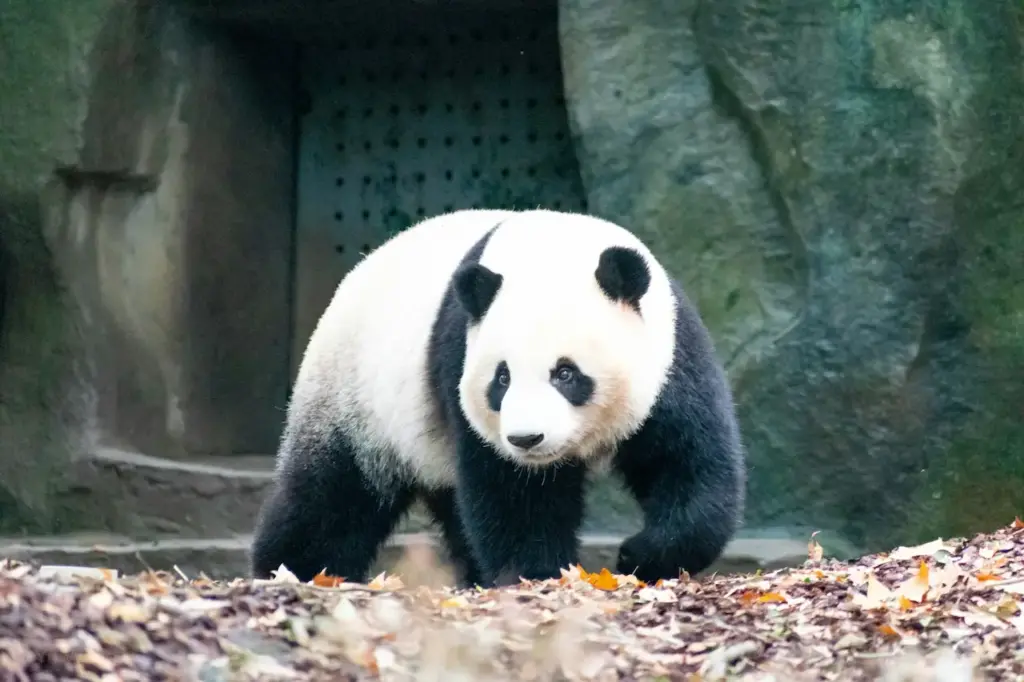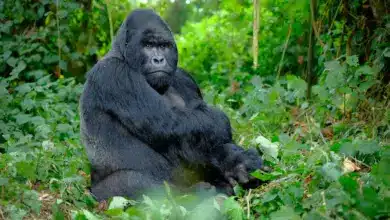Panda Saved From Extinction
Endangered Species Success Stories: The Panda Is Kept From Going Extinct
China in the middle of the twentieth century was a turbulent country in just about every way. One main problem was that the nation was struggling beneath the handicap of an inflexible and inefficient economic regime—communism—in order to feed a population that was the world’s largest, and getting larger by the minute. Nonetheless, there was a soft spot in the Chinese heart for the giant panda, an attractive, charismatic animal that was unique to the bamboo forests of southern China, having long before gone extinct in other areas of Asia where it once was common due to shifting environmental conditions.
[ez-toc]

In the mid-1960s, the Chinese government acknowledged that a lot of the country’s living natural resources were fast disappearing, and they passed a set of rudimentary wildlife protection laws, including prohibitions against the hunting of pandas and other species, and the establishment of the first four panda reserves. Even more panda reserves were added in the 1970s—but this setting-aside of habitat, although commendable, could not compensate for the drastic loss of panda habitat outside of the reserves, where forests were being cut for timber, and to create desperately needed farmland. Nor, without proper enforcement, could the new anti-hunting laws protect species such as pandas, for which there was a lucrative market outside the country, in Japan and Taiwan, where their skins were prized and their body parts were sought for use in the making of folk medicines.
By the mid-1970s, there were around 1,000 pandas left in the wild, many of them restricted to remnant strips of forest that were surrounding by agricultural lands. It became clear that, if stronger action were not taken, China’s emblematic animal was going to go extinct. The government, with help from the World Wildlife Fund (WWF) and foreign conservationists including legendary wildlife researcher George Schaller, began a serious study of pandas in order to better figure out how to save them.
Panda conservation in the 1980s saw both progress and setbacks, with illegal hunting continuing, a little more land being preserved for habitat—and a couple of misguided campaigns to “rescue” pandas from the largely overblown threats of a diminishment in their bamboo food source and the supposed frequent maternal “abandonment” of panda cubs; these campaigns resulted in the unnecessary capture of large numbers of cubs, many of which then died during their well-intended captivity.

Eventually, the Chinese government cracked down hard on panda poaching and smuggling. Between 1985 and 1991, 278 people were convicted of either killing pandas illegally, or trafficking in their parts. Sixteen of those people were given life sentences—and three we executed. Probably even more effective in saving the pandas was a massive public relations campaign aimed at convincing the Chinese people that it was not in the best interest of their country to kill pandas or to buy and sell their hides and body parts.
More recently, as China has grown more affluent, the country has been able to invest heavily in both the protection of wild pandas, and in a highly successful captive breeding program that is being managed to insure the greatest possible genetic diversity for the species.
Habitat loss, the proximity of intensive human activity, and the ever-present threat of illegal hunting are still huge problems for wild pandas. Currently, however—and for now—the estimated wild population of as many as 2,500 individuals occupying nearly 4 million acres of forest preserve appears to be stable.



